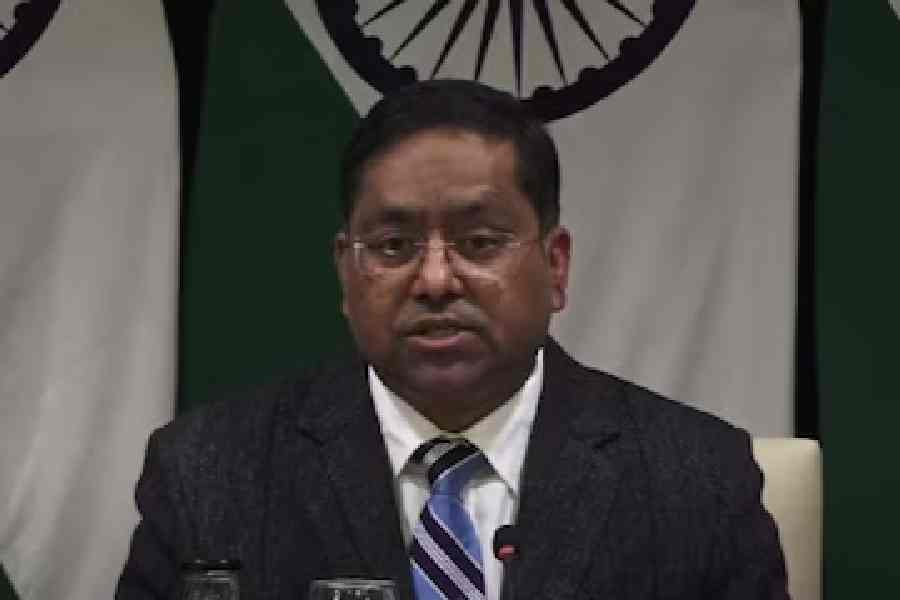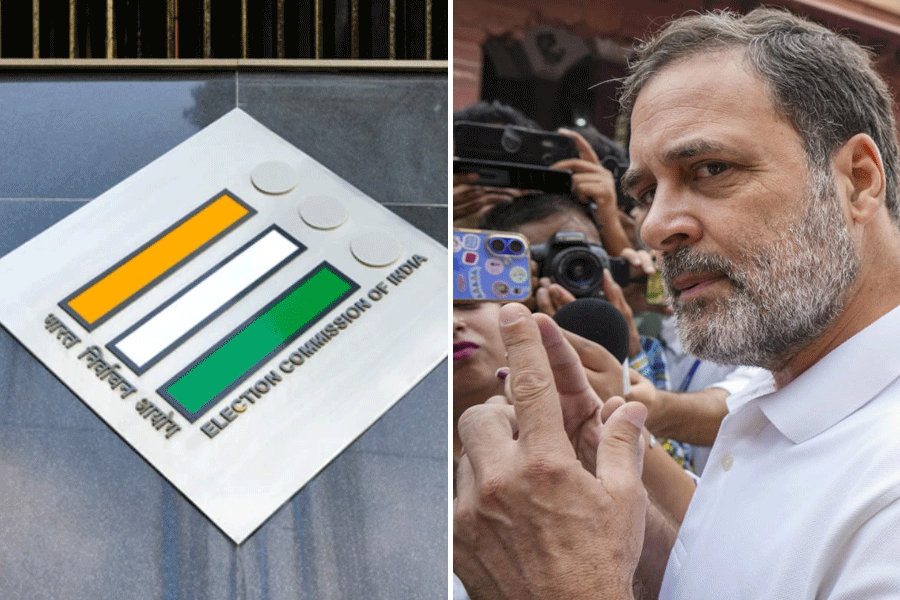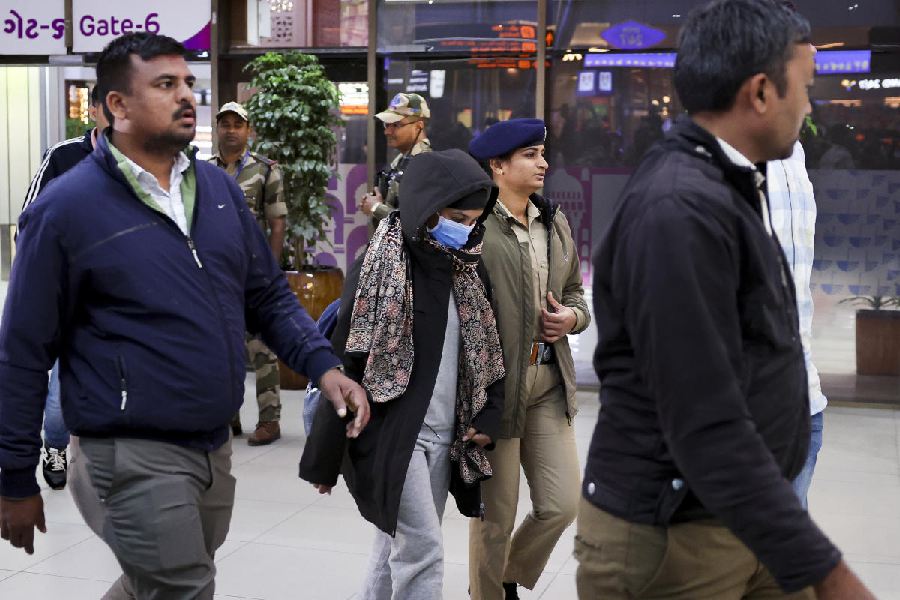 |
Patna, Jan. 25: The once-impregnable Rohtas Fort which had been in the grips of the Maoists has been “liberated” as a gift to the people of Bihar on Republic Day.
Perched atop the plateau of the Kaimur Hills, some 1,500 feet above the Sone Valley, the mighty fort had been in the control of the Maoists who had set up training camps within. Till recently, even security personnel feared to trudge on the hilly terrain which the Maoists called their “liberated zone”.
The fort, located about 45km south of Grand Trunk Road near Dehri-on-Sone, has been opened to tourists on the eve of Republic Day, a feat which has been largely attributed to the community policing programme started in Naxalite-hit areas of the district at the initiative of chief minister Nitish Kumar.
Instead of the Maoist training dens, now there are police camps to provide security to tourists and visitors. With the winds of change blowing across the entire region, the Rohtas police have asked the tourists to participate in a community meal hosted by them on Republic Day.
Overwhelmed by the huge response that the district force received from the local people in the recent programmes under community policing, Rohtas superintendent of police Vikas Vaibhav said, “We have appealed to the tourists to come to the fort which has its historical importance. Apart from the picturesque scenery, one can get a glimpse of the Sone Valley from the fort, which is about 2km from the Rohtas police station.”
Vaibhav told The Telegraph that the police would extend all support to the tourists willing to visit the fort. “Now the Bihar government has taken initiatives to promote tourism in the state. We, on our part, want to assure the tourists they would not face any problem though the area is adversely affected by the Naxalite menace,” he said.
According to old texts and inscriptions found near Rohtas, the fort was in the possession of the Hindu king Pratapdhavala of the Japla dynasty. Other inscriptions cite that it was ruled by the Khyarwala clan, who were sovereigns of Shahabad — the area now comprising Bhojpur, Buxar, Kaimur and Rohtas.
 |
The Hindu kings of Rohtas constructed a road through the jungles leading from the foothill to the plateau, carried out the fortifications on the jungle roads and built the four gates on the four ghats. The main fortifications at the Raja and Kautilya ghats can still be seen. But not much is known about their reign. The fort came into prominence after it was captured by a ruse by the Afghan king Sher Shah Suri in 1539, a year before he ascended the throne in Delhi.
Except for the matrix for making seals belonging to the 7th century king Sasanka, all other artefacts found at the fort are from the time of Sher Shah and onwards.
The legendary impregnability of the fort is due to its natural protection given by deep gorges on all its sides except for a strip of land which forms its only connection with the Kaimur plateau.
The fort is believed to have been named after Rohita, the son of King Harishchandra, who stayed here several years in exile.
After Mughal rule, the fort came to life in 1857 during the First War of Independence, when Amar Singh, the brother of Kunwar Singh — the brave warrior of the uprising who got the epithet “Veer” — and his followers used it as their base and took on the British forces, taking advantage of the jungles. Finally after a long drawn out military blockade and many clashes, the British overcame the Indians. A garrison of 250 soldiers was stationed by the British in the fort till the end of the war.
Vaibhav, the Rohtas superintendent of police, said their job had only just begun. “We have also decided to organise a cultural programme, provide medicines free of cost and distribute blankets among the poor tribals living in the area to mark the beginning of a new era in the den of the Maoists,” he said.
The areas under Rohtas, Chutia, Nauhatta, Tilouthu and Amjour police stations are the worst-hit. “The rebels are watching the developments from close quarters and feel threatened by the growing respect for the police among people, especially among the deprived sections,” Vaibhav said.










